I have this given circuit:
I can see by the look of it that this is a power rail "choosing" circuit. When VBUS is applied and there is no +5V, then the body diode of Q1 simply conducts.
I am trying to understand what the logic behind this circuit is, when VBUS and +5V are supplied externally at the same time. I think that Q1 is being turned off when +5V is higher than VBUS, but I can't explain it.
I would appreciate some hints, as I cannot really follow the scenario here with the Q2 and Q3 transistors.
